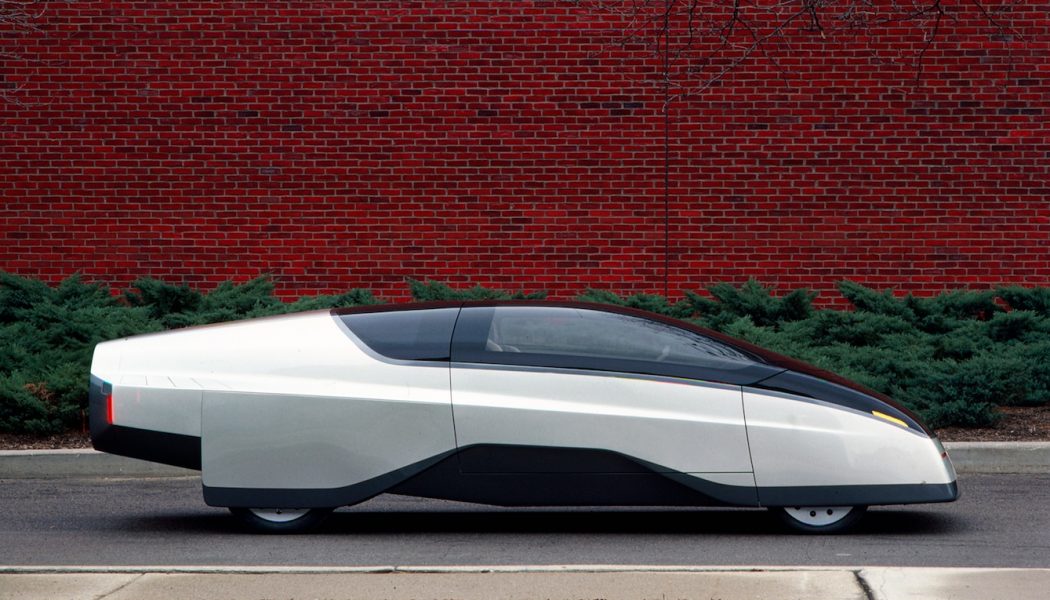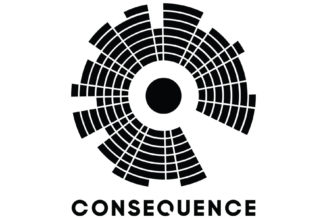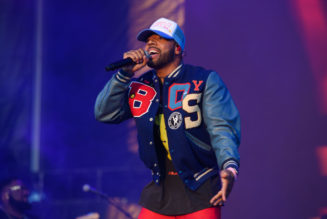Almost a decade before Chevrolet pinned the Express moniker to its full-size van, the American brand showed off the Express concept car. Designed specifically for use on a proposed government high-speed highway network, the bar-shaped gas-turbine-powered Express could theoretically cruise from point-to-point at 150 mph, at roughly 25 miles per gallon (of kerosene). Despite packing as little as 120 hp, the limited mass and aerodynamic shape of the Express (its coefficient of drag was less than 0.20), not to mention the powertrain’s healthy 350 lb-ft of torque, allowed the vehicle to reach and maintain triple-digit speeds with relative ease.
Although neither the highway network nor the powertrain of the four-seat Express would ever materialize, the concept still proved prescient in some respects. Credit features such as electro-hydraulic power steering assist, a drive-by-wire accelerator pedal, camera-fed rear-view displays in place of mirrors, and a proximity keyfob that allowed the car to automatically open and close its canopy in relation to its user’s whereabouts—vehicular technologies we arguably now take for granted.
Even better, the Express was a fully functioning concept car. Its gas-turbine engine and 21st-century technologies weren’t theoretical features, but operable items capable of performing their intended functions out of the gate. No surprise, then, the Express made a cameo in 1989’s Back to the Future Part II as a vehicle scooting about in the year 2015. After all, the Express seemingly previewed the future of automotive transportation with its slick design and trick tech, all the while it was capable of driving on its own—no Hollywood magic needed!
Like the 2015 portrayed in Back to the Future Part II, the Chevy Express concept’s vision of the future mostly fell short of reality—for now, at least.










